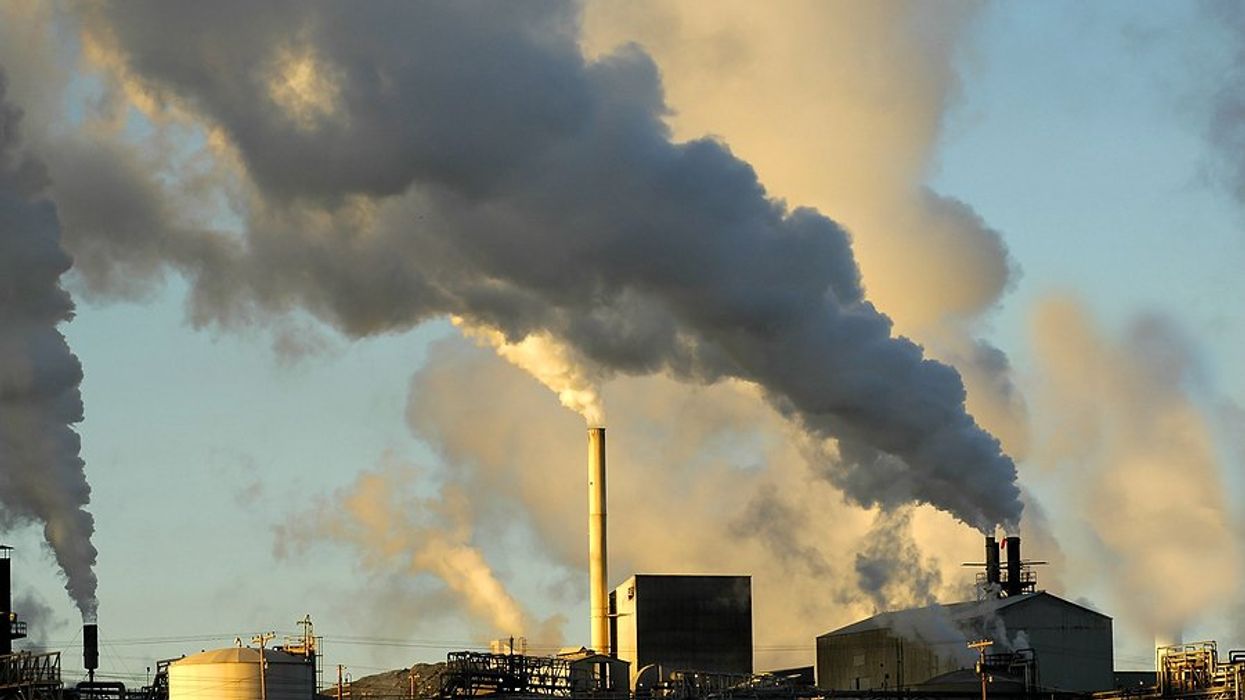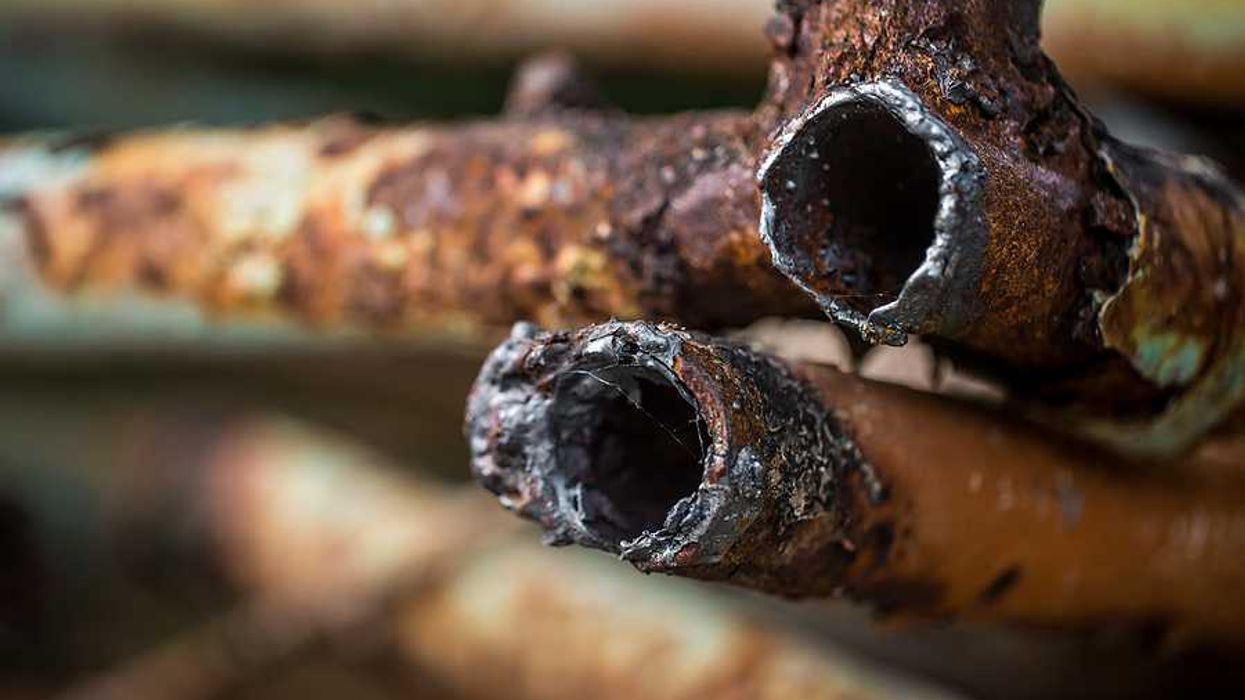President Donald Trump’s July 17 proclamation gives Bakelite Synthetics two extra years to install pollution controls at its southwest Louisville formaldehyde factory, a few hundred feet from the Riverside Gardens neighborhood.
Connor Giffin reports for Louisville Courier Journal.
In short:
- The White House order exempts more than 50 chemical facilities from Biden-era “HON” rules; Bakelite’s deadline now shifts from 2027 to 2029.
- Bakelite emitted 1,400 pounds of formaldehyde in 2023 and thousands of pounds of other toxics, yet no monitor tracks formaldehyde near the plant, which sits about 500 feet from homes housing roughly 300 preschool-age children.
- The delay is part of a wider rollback also easing mercury, coal-ash, and greenhouse gas rules for Kentucky power stations.
Key quote:
"We don't really know, necessarily, what is in the air of the communities surrounding facilities, including Bakelite, because we don't have dedicated air monitoring in each of those communities."
— Byron Gary, attorney, Kentucky Resources Council
Why this matters:
Formaldehyde is a known human carcinogen; inhalation irritates eyes and lungs and over time raises cancer risk. Industrial corridors like Louisville’s Rubbertown often border low-income, largely Black neighborhoods, leaving residents to shoulder the health costs of chemicals used in everything from plywood to semiconductors. When regulators postpone controls, emissions continue while monitoring gaps obscure real-world exposure. Kentucky already faces some of the nation’s highest cancer and asthma rates, and the Ohio River Valley’s muggy summer air can trap pollutants near ground level, intensifying risks for children who breathe faster and play outdoors. Delay today could translate into more hospital visits and chronic disease long after the grace period ends.
Read more: A shift away from pollution enforcement under Trump administration















